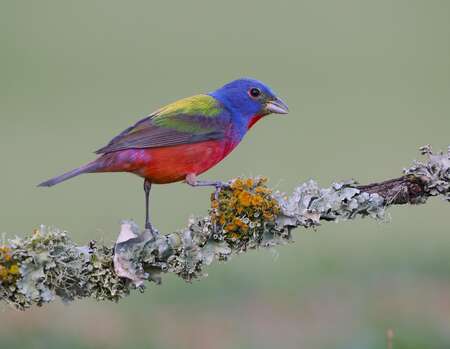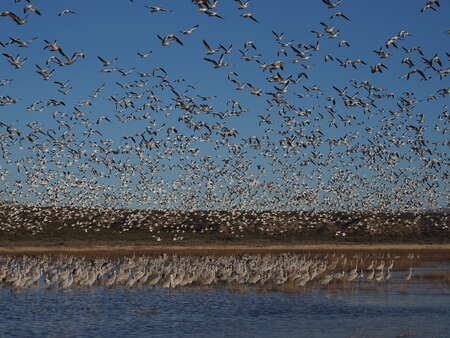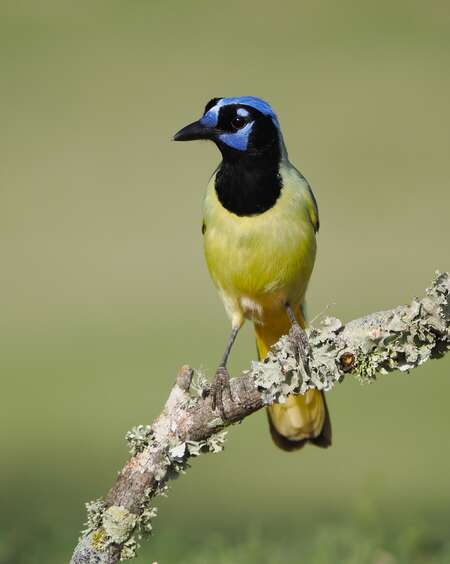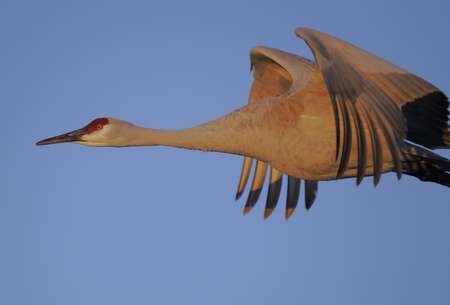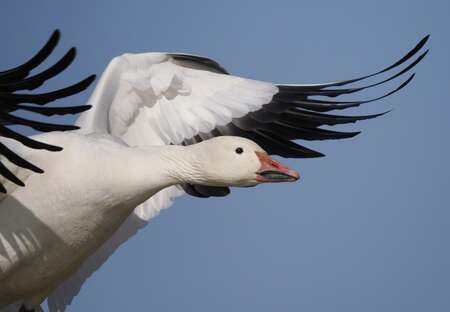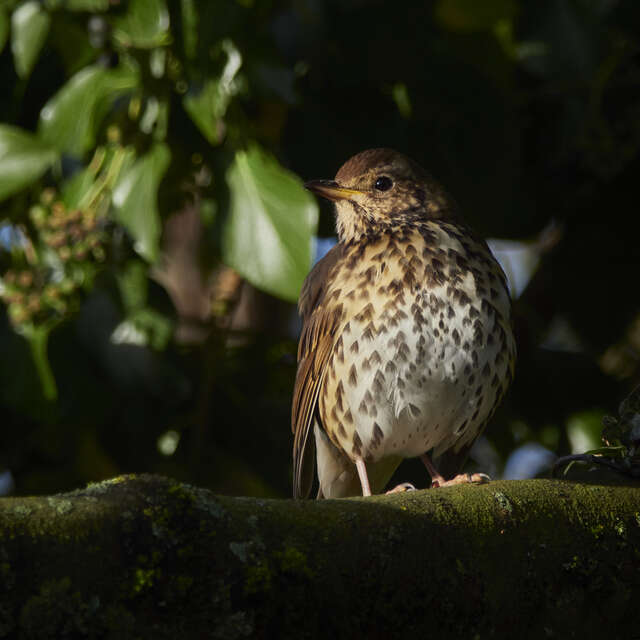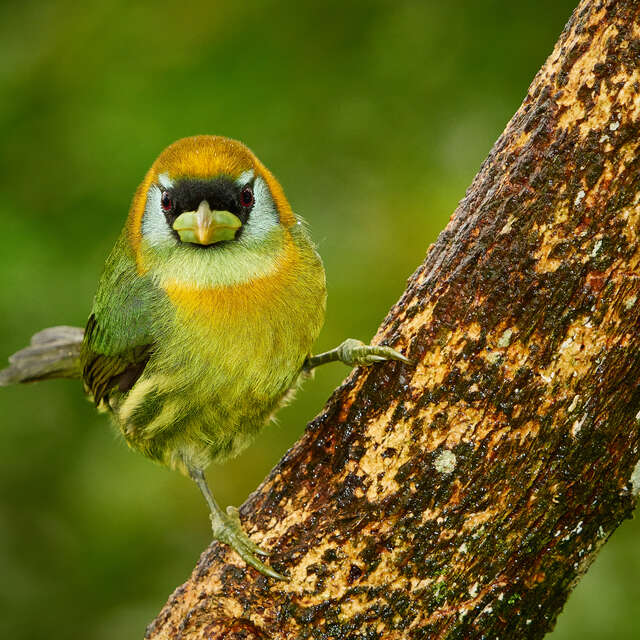Happy World Migratory Bird Day! The second Saturday each May has been designated as a day to celebrate the hundreds of millions of birds that are on the move from their wintering grounds farther south to their breeding grounds in the northern areas of their range. While not all birds migrate, a very large percentage do and their return each spring is a highlight bird lovers look forward to. A sure sign that warmer days are ahead and we have made it through another winter.
There are several ways to track migrating birds online. One of the most popular birding apps eBird allows citizen scientists to enter information on the birds they are seeing in their area. This becomes a searchable database that makes it very easy to see if your favorite birds have been seen yet in your area. An amazing website for tracking large movements of birds is https://birdcast.info/ which shows the total number of birds migrating on a given night. As I write this on May 8th the prediction is that 441 million birds will be on the move tonight! In addition you are also able to track up to 458 different species movements in the US. If you want to track your favorite species of bird it makes it very simple to see when you can expect them to pass by.
While most birds take flight on their migration at night, we don’t always see the large groups flying overhead. By using radar scientists can accurately track all movements. While it is a great sight seeing large flocks of geese moving north in their V formation most of the movement remains unseen. The majority of birds take flight after dark and fly through the night. While flying at night birds can become confused by bright lights on their route. There has been a strong push for “Lights Out” in cities as peak migrations are passing through. Bright lights can disorient the birds and often leads to collisions with buildings with an estimated 500,000,000 birds lost each year as a result.
By being able to track individual species it makes it much easier to make plans to get out and see your favorite birds. Recently I was able to do a little research to find out when the colorful Painted Buntings were going to be returning to the Rio Grande Valley in Texas. While I had seen them a few times before I wasn’t satisfied with the photos I had been able to take. By learning the usual return date to the region was around April 15th I made my plans for a trip just after their arrival and before the summer heat set in. It worked perfectly! The trip was a great success seeing dozens of the beautiful Painted Buntings and I was thrilled with the images I was able to take.
One other sure way to track the birds coming back to your area is by keeping an eye out for your local birding festivals. They can be found throughout the country when some of the more popular local birds return to their summer grounds, or timed as they are passing through on their way north. In some cases festivals are also held to celebrate the birds that spend the winter in different areas. My Two favorite winter festivals are, The Festival of the Cranes which is held at Bosque del Apache National Wildlife Refuge in New Mexico and the Rio Grande Birding Festival held in Harlingen, Texas. The New Mexico festival features thousands of Sandhill Cranes and tens of thousands of Snow Geese. An amazing sight to see and hear as the birds gather in the evening in large groups and then fly out in the mornings. The Rio Grande Valley Bird Festival features a large variety of birds not seen anywhere else in the US, for me three of the highlights are the Green Jay, Crested Caracara and the Great Kiskadee.
As birds travel both north and south they tend to stick to one of four different “flyways” which are routes that provide plenty of rest stops and an efficient path to their destination. However, weather can play a critical role in how closely birds stick to these routes. Storms can force major detours enroute leading to unusual sightings of birds outside of their normal range. The four main flyways are: the Atlantic Flyway, the Mississippi Flyway, the Central Flyway, and the Pacific Flyway.
I live along the Pacific Flyway in Washington which brings birds up the Pacific coast from as far away as South America and leading as far north as Alaska. We have Grays Harbor National Wildlife Refuge nearby which is a major stopover point for birds on their journey, both north and south. The Grays Harbor Shorebird and Nature Festival held each May to coincide with the birds arrival showcases thousands of shorebirds on their journey.
Both fall and spring migrations can be a magical time of year with the staggering number of birds on the move. While in my area we miss the songbirds that leave in the fall it does mean the geese, swans, and raptors that over winter here are on the way. No matter the season there are always birds to get out and try and capture your best images yet.
Instagram: @old_steve1
Steve Ball is an Olympus Educator residing in the Pacific Northwest, where he found his love of bird photography while working for Olympus as a National Account Executive. Steve photographs all types of birds; both trained/education birds and birds in their natural environment. Steve's favorite camera and lens to shoot with are the OM-D E-M1X and M.Zuiko Digital ED 300mm F4.0 IS PRO.
